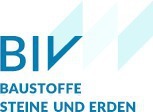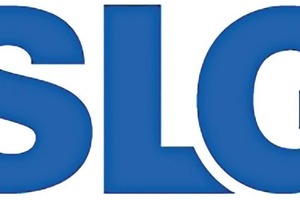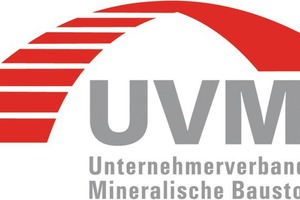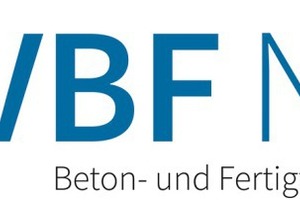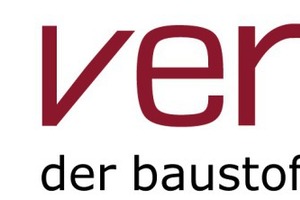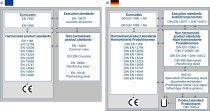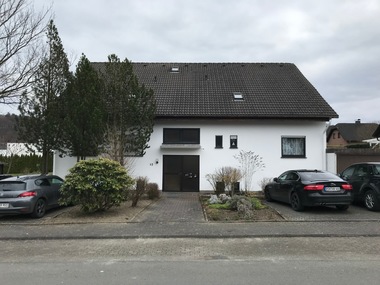Position 02/2017
In cooperation with the below-mentioned German associations, BFT International is publishing in this section the position adopted by these organizations on a current issue related to the German or European precast industry.
On the harmonization of structural precast concrete
In accordance with the ECJ judgement in case C-100/13, it is prohibited to impose additional requirements on harmonized construction products as well as national marks of conformity (so-called “Ü mark”) in addition to the CE mark. As a consequence, Germany shows a declining acceptance of the CE mark on construction products. Therefore, the German precast concrete industry is afraid of negative implications of the ECJ judgement on structural precast concrete elements.
Harmonized product stan-dards for structural precast concrete elements under the mandate M/100 such as bar-shaped components, walls or floor slabs, for example, refer to EN 1992-1-1 (Eurocode 2) with regard to design, to EN 206 concerning the building material concrete and to EN 13369 with regard to general production methods. The standards quoted are not harmonized, with the result that national application rules are binding in the European member countries; these are the national annex to Eurocode 2 or national application rules to EN 206 and EN 13369, for example.
Consequences
Generally, structural precast concrete elements are designed individually and are customized for a specific building project. In such cases, the Declaration of Performance in compliance with the Construction Products Regulation essentially refers to the design documents, with otherwise only including formal information. Such Declarations of Performance are largely useless and are also associated with extensive administrative burden and formalism.
On the other hand, this results in disadvantages compared to non-harmonized construction products, as ready-mixed concrete or cast-in-situ concrete, for example. In addition, the CE mark as a trademark is superfluous as individually designed precast concrete elements are not actually traded – in the proper sense.
The CE mark as trademark. however, would be appropriate for structural precast concrete elements which are put on the market as mass-produced goods such as posts or foundation piles, for example, but even for such structural precast concrete elements, national application rules regarding design, building materials and general manufacturing methods are likewise mandatory as for structural precast concrete elements being individually designed. Though these application rules are legitimate as the aspects concerned are not harmonized, but they can only be considered as unacceptable trade barrier for those structural precast concrete elements which shall be put on the market as mass-produced goods.
Because a full harmonization of all aspects concerning design, production and concrete technology is indeed unenforceable, the harmonization attempts in respect of structural precast concrete elements have to be regarded as failed on the whole.
The harmonization of structural precast concrete elements should be given up in order to maintain the competitive position of such products, to eliminate the disadvantages compared to non-harmonized construction products in the concrete sector, to reduce bureaucracy and superfluous formalism, to draw the consequences from the fact that hardly any trade takes place with structural precast concrete elements, to draw the consequences from the lack of harmonization potential in the field of concrete.
Therefore, we suggest: to eliminate harmonized product standards for structural precast concrete elements and their sources from the Official Journal of the European Union; not to publish their sources in the Official Journal of the European Union if the harmonized product standards for precast concrete elements will be revised; to withdraw harmonized product standards for structural precast concrete elements if there is no technical need for such standards; to withdraw mandate M/100 as a political basis of harmonized product standards for structural precast concrete elements.
Notice: According to the amended model building regulations, building authority requirements on the materials will have to be meet in the construction of building structures in Germany.
According to the implementation notes of the German federal states, the required performance of a product can be proven by voluntary manufacturer information as declaration of the level of requirements imposed by the building authority. For this purpose, planning aids in the form of requirements documents have been worked out; due to their simple form, they should enable the users of precast concrete elements to specify the national requirements on precast concrete elements. The compliance with the properties specified in the requirements documents and their testing will be supervised and certified by a recognized test center. The requirements documents issued so far are filed at //www.abid-bau.de" target="_blank" >www.abid-bau.de:www.abid-bau.de. Hence, a pragmatic solution is ensured for users and manufacturers of concrete components until the implementation of the position stated above.


